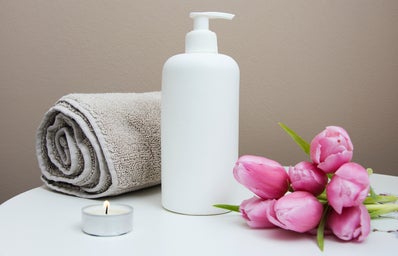I grew up constantly being ashamed of my nose. It’s always been a little larger with a bump on the bridge. From a young age, I knew my nose wasn’t as button and petite as most other girls. Kids my age would sometimes point it out, calling it “a beak” or “weird”. It was always one of my biggest insecurities.
Since the days of kids on the playground telling me I had a big nose, I’ve grown up. I’ve realized that my nose may not look like many women’s noses that I see in popular media and that’s okay. I’m still beautiful even though my nose is different from typical beauty ideals that are shown on TV, in magazines and in ads. One of the biggest things that helped me realize this was seeing women on TV and in music with features that didn’t quite fit into that impossible box of hegemonic beauty ideals. I always thought it was super cool when I would see beautiful and talented women with more diversified features than what is normally shown in the media. If there was a singer, actress or model that had a larger nose, I identified with them. I would think that if this girl who is beautiful and talented can be successful, then so can I, even with my big nose.
Because of this, I have to say it saddens me when my non-conforming beauty heroines change features of theirs that don’t fit the media’s mold of unrealistic beauty standards. I’ll admit it, I was bummed to find out that Lady Gaga got a nose job. She wasn’t the first disappointment I faced when it came to my nose role models though. Before I was bummed about Lady Gaga’s plastic surgery, it was Ashley Tisdale and Blake Lively. It kept pushing the idea that I had worked so hard to fight against: to be truly beautiful you have to change who you are and what you really look like.
Now don’t get me wrong. I believe that a woman can do whatever she feels is best when it comes to her own body. That is her choice. But anytime a woman who doesn’t fit typical beauty standards has a platform and is successful, she will have a thousand little girls looking at her and feeling like they can relate to her, for one reason or another. Little girls that don’t fit into the cookie cutter beauty standards of today need role models to identify with; women who can show them that no matter what their features, their body, their skin or their hair may look like, they can be successful and beautiful. These little girls need that because they will have many people tell them otherwise. But they need to remember that everyone is beautiful, no matter what they look like.


